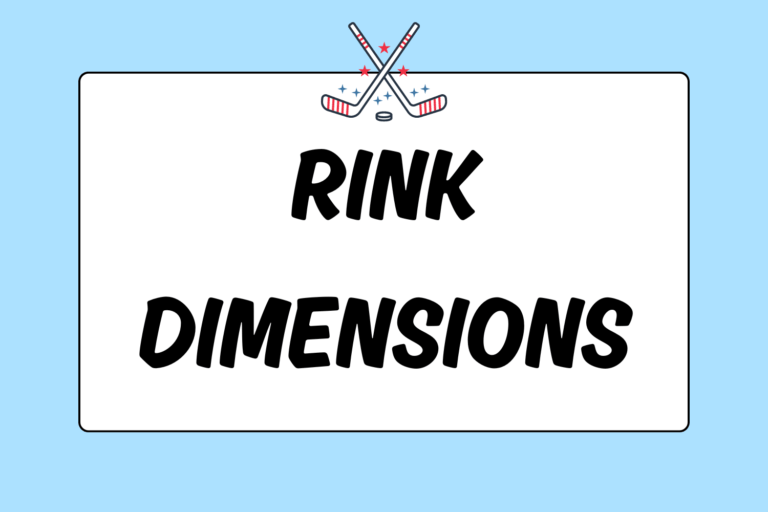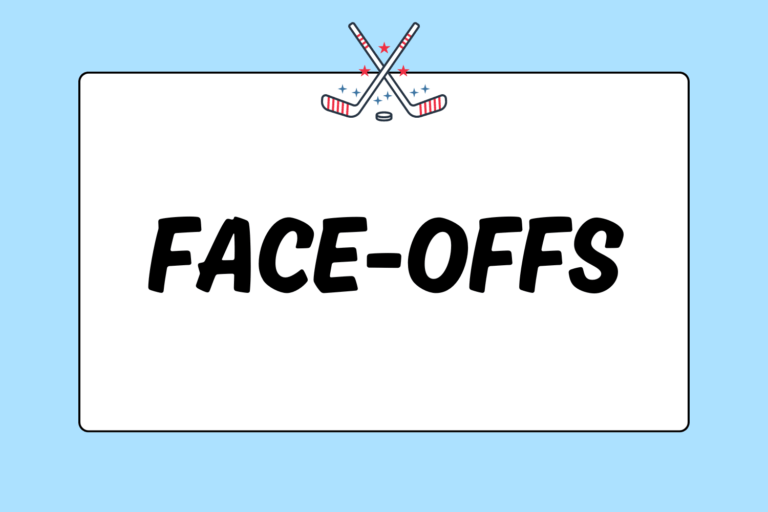Coaching an ice hockey team can be rough work. Sometimes the players refuse to listen no matter how much you stress your point or raise your voice. The reasons for disciplining players are numerous. Maybe certain players are showing up late for practices or games. Some of your players could simply be slacking off when they’re on the ice. Or perhaps you want to provide a little extra incentive for drills where there are winners and losers.
Sometimes, disciplining players is the only way to get the team in line. This coaching guide contains some of the most common disciplinary methods to get the whole team focused and on the same page.
Exercise as Discipline
There are two main benefits of having players exercise as discipline:
- It adds motivation to both practice and games. Players will skate harder and play with more heart if they know they’ll have to do skating drills when they slack off.
- Disciplining players with physical exercise will make the team stronger skaters and more fit.
Below are some ways you can discipline players with physical exercises:
Stop-and-gos
Skating stop-and-gos is one of the most common ways to physically discipline players. Here’s how the drill works:
- Split the team up into two groups.
- Line up one group on the side of the rink with the benches, and along an imaginary line that connects all the faceoff dots on that side of the rink.
- Line the other group along a similar line on the other side of the rink.
- Have the players face each other, and space them out enough so that they’re not directly across from anyone on the other side.
- Blow your whistle to start the drill. Players then skate from one side of the rink to the other as fast as they can. Stress that the players must use a hockey stop.
- Once every player has reached their destination, blow the whistle again. Wait until the last player finishes before you blow your whistle — doing so further motivates the players and inspires the slower players to push themselves. Blow the whistle as many times as you see fit.
Note that some coaches require goalies to participate in stop-and-gos, and some don’t. If you’re disciplining the whole team, you should consider having the goalies do goalie-specific drills. There won’t be tons of space on the ice, and goalies can often get in the way. Further, starting and stopping in goalie gear is difficult, and the goalie will often slow things down for the rest of the team.
Mental Edge
Good coaches know when to discipline their players. Great coaches know when not to. Too much discipline can turn a team against the coach, or even against itself. Don’t push your guys so hard that they lose the focus or drive necessary to win, or worse yet, their love of ice hockey.
Skating Lines
Skating lines has numerous alternate names, including “pyramids,” “zones,” and “Herbies.” Players complete the drill as follows:
- The players start on one goal line.
- They skate to the nearest blue line, hockey stop, and then quickly skate back to the goal line they started at.
- The players then skate to the red line, hockey stop, and skate back to their starting point.
- They skate to the far goal line, hockey stop, and skate back.
Have players skate as many sets as you feel necessary. Because of all the equipment goaltenders wear, though, this drill likely isn’t a good one for them. Instead, have them complete goaltender-specific exercises.
Fun Fact:
Skating lines is sometimes called skating “Herbies” after 1980 USA Olympic coach Herb Brooks. Brooks famously got the 1980 “Miracle on Ice” team into shape with a healthy dose of “Herbies.”
Pushups
Pushups in full ice hockey gear are not easy — they essentially turn into a weighted exercise. Plus, since players will be balancing on the toe edges of their skates, the pushups become more of a core workout than on dry land. Lastly, you can have older/more advanced players do pushups off the knuckles of their gloves while gripping their sticks in both hands. This will bolster wrist strength more than a standard on-ice pushup.
Playing Time as Discipline
Exercise isn’t the only way to punish players; you can also tinker with the players’ ice-time as a form of discipline. Just keep in mind that using ice-time to discipline players is a slippery slope. On one hand, it’s a good way to motivate players. On the other hand, benching a skilled player punishes the entire team. Without their usual teammate on the ice, the team’s overall performance might take a hit.
Line Demotion
If a skilled player or line of players is consistently slacking, you can bump them down a line. This demotion can be done at practice to let the team know you’re serious, or during the game as a result of some uninspired play. Conversely, if the players start skating hard in the game, you can promote them back to their normal role.
Benching
In extreme cases, you can bench a player for an entire game. However, this decision can hurt the team as a whole: They’ll be down a player, and have to work harder. If the bench player is a top scoring-forward, top defenseman, or starting goalie, it will be much harder for the team to win. However, a benching might just set a player straight when nothing else seems to work.
Individual versus Group Discipline
Before disciplining any players, you have to think a bit about your coaching philosophy and whether you’ll punish the offender or the entire team for any given offense. There are pluses and minuses to each. By disciplining only the offender, the rest of the team won’t have to pay for his sins. However, by punishing the whole team, you can often bolster the team mentality: They do everything as one. Further, the players will start to hold each other accountable for their actions. An individual player might not care about skating a few sets of lines, but he’ll likely care about being the one who makes everyone on the team skate lines.
Make it known how you’ll discipline — as a group or individually — certain offenses. Many coaches discipline the whole team for individual offenses. An example of this is a player being late for practices. Since one player who arrives late can affect the whole team’s practice, many coaches will have the entire team skate lines.
Know Your Team
Not all discipline strategies work the same for every player or team. Pay close attention to your players, and take note of what seems to motivate and drive them. Avoid over-punishing the team; this can backfire and take away the players’ enthusiasm and interest. Use the threat of disciplinary drills to motivate players — not always the drills themselves — and you’ll notice that you’ll actually punish players less and less.





